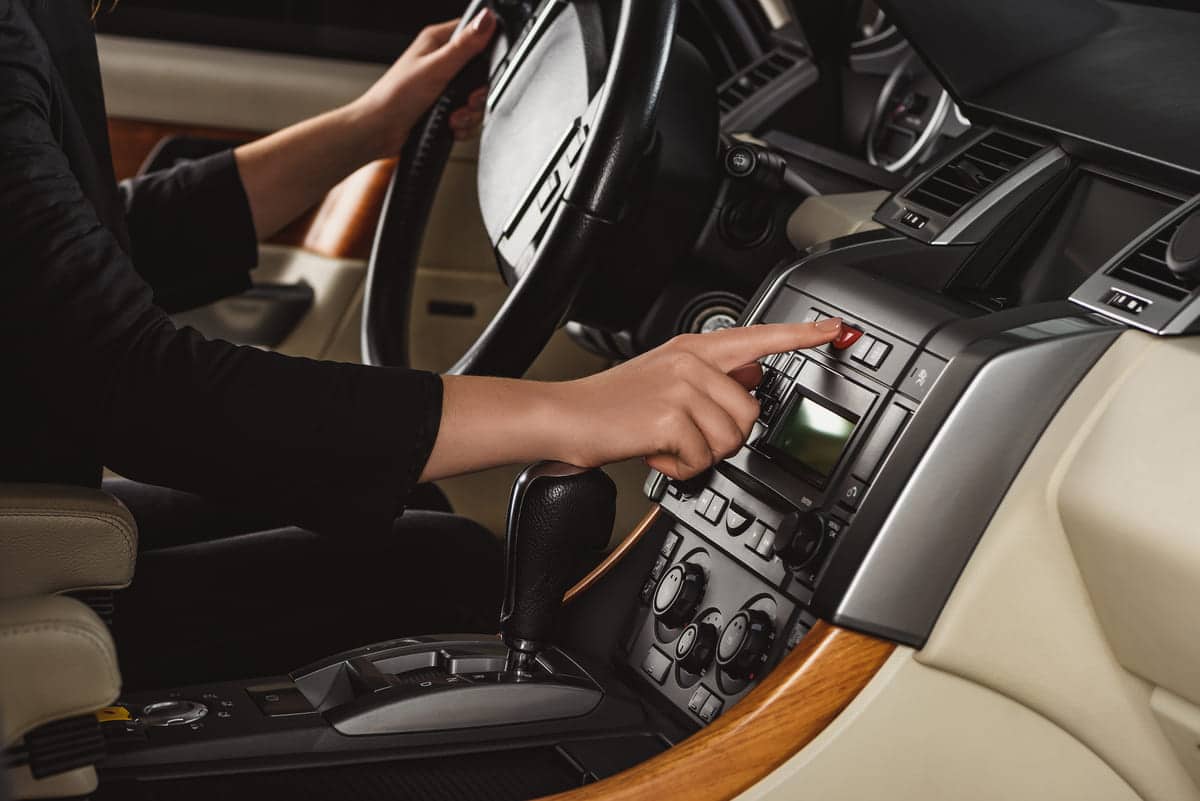Modern vehicle audio systems have the latest technology with features like Bluetooth, voice control and touch screens. So drivers and passengers can enjoy a seamless high audio experience and turn everyday commutes into fun journeys with great sound.
What is Vehicle Audio?
Vehicle audio, also known as audio system or car radio, is the audio equipment in cars and other vehicles. It plays music, news and other audio content.
Every vehicle comes with a factory fitted audio system. It has a radio tuner, CD player or Bluetooth. So drivers and passengers can listen to their favorite tunes or stations.
Modern car audio systems have touch screens and voice control. Many systems also connect to smartphones via Bluetooth or USB. So you can stream music or take calls hands free.
Speakers are a key part of car audio systems. Most cars have multiple speakers around the interior for a balanced sound. Some systems also have subs for more bass.
Amplifiers boost the audio signals from the head unit to the speakers. This makes it louder and clearer. High end car audio systems often have separate amplifiers for better performance.
Overall car audio systems make driving more fun by providing great sound and easy access to entertainment. They have come a long way over the years with more features and better sound than ever.
References
- Vehicle audio. Wikipedia. Retrieved from https://en.wikipedia.org/wiki/Vehicle_audio#
- Car stereo. Collins Dictionary. Retrieved from
What is the History of Vehicle Audio?
The history of vehicle audio started in the early 1930s. In 1930, Galvin Manufacturing Corporation introduced the first car radio, the Motorola 5T71. So people could listen to music and news while driving.
By the 1950s car radios were standard in most vehicles. FM radio was added in the 1950s, better sound quality than AM radio. So listeners could enjoy more music and programs.
In the 1960s 8-track players were introduced. These allowed drivers to listen to their favorite albums on the go. The 8-track format was very popular but was eventually replaced by cassette tapes in the 1970s.
Cassette tapes had better sound quality and were more compact. So it was easier to use and store in a motor vehicle. Car manufacturers started to include cassette players in their audio systems.
In the 1980s the Compact Disc (CD) was introduced. CDs had even better sound quality than cassette tapes. By late 1980s and early 1990s CD players were standard in new cars.
In the 2000s digital music formats like MP3 became popular. Car audio systems started to have USB ports, Bluetooth, and auxiliary inputs. So drivers could connect their digital devices and play music directly from them.
Today modern car audio systems have many advanced features. Touch screens, voice control and smartphone integration are common. These features provide great sound and easy access to entertainment, so driving is more fun than ever.
References
- Understanding Car Audio Systems. Edmunds. Retrieved from
- Vehicle audio – History. Wikipedia. Retrieved from

What are the Main Components of Car Audio Systems?
Car audio systems have several parts. Each part plays a role in providing great sound inside the car.
- Head Unit: The head unit is the brain of the car audio system. It has a radio tuner, CD player, and digital interfaces like USB and Bluetooth. Drivers use it to select music and volume.
- Speakers: Speakers convert electrical signals to sound. Most cars have multiple speakers around the interior. This setup provides balanced sound throughout the vehicle. There are different types of speakers, tweeters for high frequency and woofers for low frequency.
- Amplifiers: Amplifiers boost the audio signal from the head unit to the speakers. So the sound is louder and clearer. Some high-end systems have separate amplifiers for each speaker or speaker type to improve overall performance.
- Subwoofers: Subwoofers handle the bass in the audio system. They produce low-frequency sounds that regular speakers can’t. Adding a subwoofer can improve the depth and richness of the music.
- Crossover: A crossover splits the audio signal into different frequency ranges. It sends these signals to the right speakers: tweeters for high frequency, mid-range speakers for mid-frequency, and subwoofers for low frequency. So each speaker can perform optimally.
- Wiring and Cables: Wiring and cables connect all the parts of the car audio system. Good quality cables ensure clear signal , reduce interference and maintain sound quality.
- Equalizer: An equalizer allows users to adjust the balance of the frequencies in the audio. This helps to customize the sound to personal preference and to compensate for any acoustical challenges in the vehicle.
These parts work together to provide an in-car audio experience.
References
- Understanding Audio Tech. Supercheap Auto. Retrieved from
- Vehicle audio. Wikipedia. Retrieved from
How Does A Car Audio System Work?
A vehicle audio system allows you to listen to music and other sounds while driving. Here’s how it works:
- Selecting the Audio Source: First, you select what you want to listen to using the head unit. This could be a radio station, a CD, or a song from your phone.
- Signal Processing: The head unit processes the audio signal from your chosen source. It prepares the signal to be sent to the system.
- Sending the Signal to the Amplifier: Then the processed audio signal goes to the amplifier. The amplifier boosts the signal so the speakers can play it louder and clearer.
- Splitting the Signal: After amplification, the signal reaches the crossover. The crossover splits the audio signal into different frequency ranges. So each type of speaker (tweeter, mid-range, subwoofer) gets the right sounds.
- To the Speakers: The audio signals travel through wires and cables to the respective speakers. Each speaker type handles its assigned frequency and converts the electrical signals to sound waves.
- Playing the Sound: Finally, the speakers play the sound inside the car. Tweeters produce high-pitched sounds, mid-range speakers handle mid-range sounds and subwoofers produce deep bass. Together they provide a balanced audio experience.
- Sound Customization: Use the equalizer to fine-tune the sound. Adjusting bass, treble, and mid-range settings helps to optimize the audio to your preference and the car’s acoustics.
In short, a car audio system takes an audio source, processes and amplifies the signal, splits it for different speakers, and plays it inside the car.
References
- Car Audio Basics: Head Units. Lifewire. Retrieved from
- How Does a Car Speaker Work?. Rockford Fosgate. Retrieved from https://blog.rockfordfosgate.com/car-audio/how-does-a-car-speaker-work/


